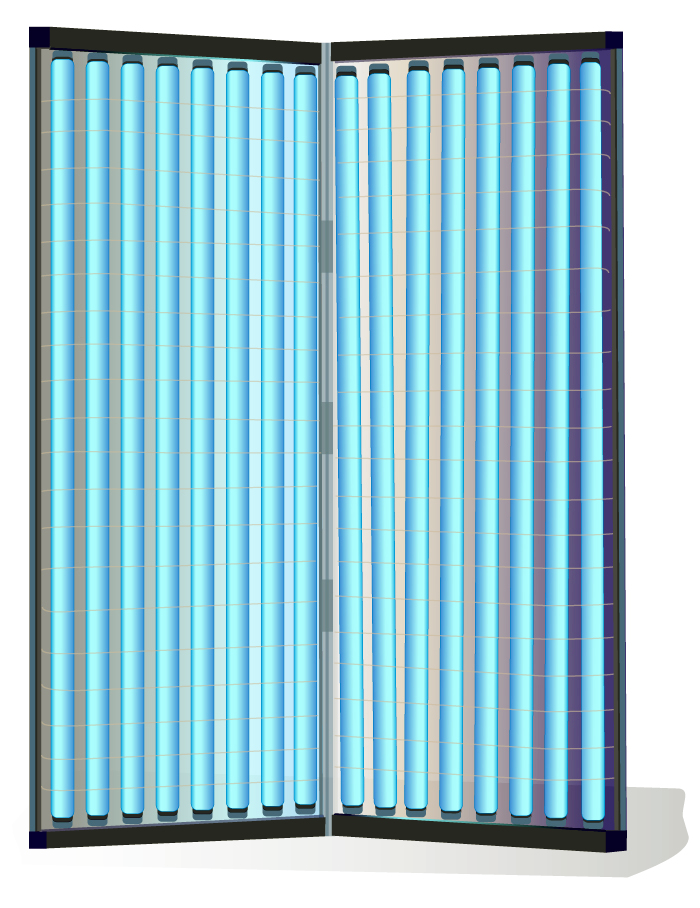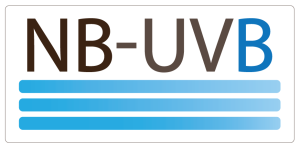NB-UVB Phototheraphy
Narrowband Ultraviolet B (NB-UVB) phototherapy is one of the standard treatment methods for eczema (atopic dermatitis). Clinically, it effectively reduces skin inflammation and alleviates itching. This treatment offers a high level of safety and is suitable for infants, adolescents, pregnant women, and individuals of any age under medical supervision.
Narrowband UVB phototherapy specifically refers to the use of light within the UVB spectrum at wavelengths between 310-315 nm. This range is the most beneficial part of natural sunlight for skin conditions and minimizes exposure to other harmful carcinogenic wavelengths.
Under a doctor’s diagnosis and established treatment plan, NB-UVB light penetrates the skin and affects the immune cells (T-cells) that contribute to the inflammation associated with eczema. It decreases both the number and activity of these T-cells, leading to reduced inflammation and effective relief from the symptoms of eczema (atopic dermatitis).
Treatment Process
In a typical NB-UVB treatment session, the patient stands inside a specially designed cabinet equipped with fluorescent lamps that emit NB-UVB light. Each session lasts only a few minutes, and treatments are generally administered 1 to 2 times per week. The duration of the treatment varies but usually continues until there is a noticeable improvement in the skin.
Efficacy and Safety
Numerous studies have shown that NB-UVB phototherapy is effective in treating eczema (atopic dermatitis). It can significantly improve or completely resolve symptoms for many patients. The treatment is generally well-tolerated with few side effects. The most common side effects include temporary redness and itching.
However, like all treatments, NB-UVB phototherapy must be used under the diagnosis and supervision of a physician; improper use by non-medical personnel carries risks. Misuse over long periods can slightly increase the risk of skin cancer, particularly in patients with a history of skin cancer or those who are already at high risk for other reasons. Therefore, when undergoing long-term phototherapy, regular skin examinations by a doctor and qualified medical staff are essential components of the treatment plan.
Conclusion
Eczema (atopic dermatitis) is a chronic inflammatory skin condition that can significantly affect the quality of life. While there are many treatment options available, Narrowband Ultraviolet B (NB-UVB) phototherapy stands out as a safe and effective choice for patients who do not respond adequately to topical or systemic therapies. As always, treatment choices should be personalized and established in consultation with the patient and their doctor.

